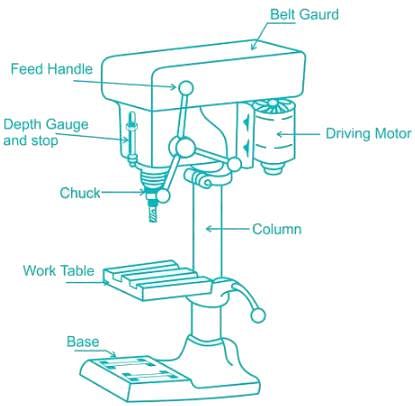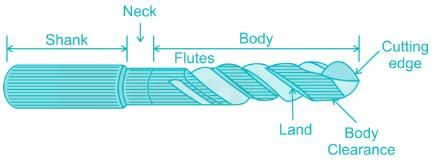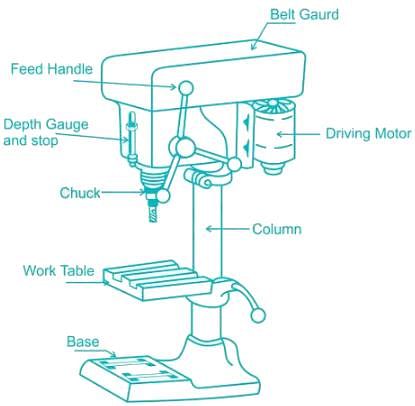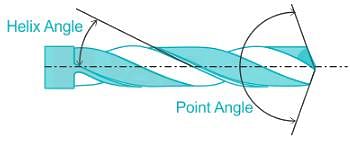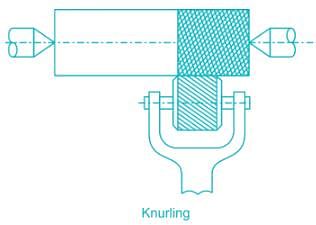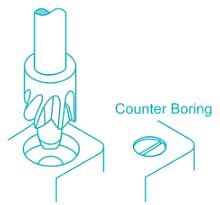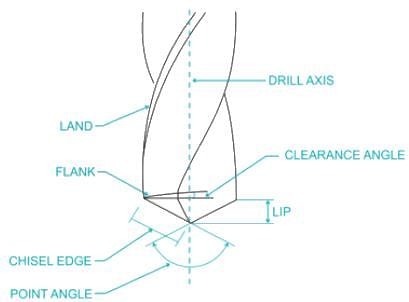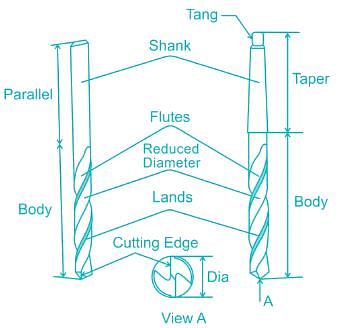Civil Engineering (CE) Exam > Civil Engineering (CE) Tests > Foundation Engineering > Test: Drilling - Civil Engineering (CE) MCQ
Test: Drilling - Civil Engineering (CE) MCQ
Test Description
10 Questions MCQ Test Foundation Engineering - Test: Drilling
Test: Drilling for Civil Engineering (CE) 2025 is part of Foundation Engineering preparation. The Test: Drilling questions and answers have been
prepared according to the Civil Engineering (CE) exam syllabus.The Test: Drilling MCQs are made for Civil Engineering (CE) 2025 Exam. Find important
definitions, questions, notes, meanings, examples, exercises, MCQs and online tests for Test: Drilling below.
Solutions of Test: Drilling questions in English are available as part of our Foundation Engineering for Civil Engineering (CE) & Test: Drilling solutions in
Hindi for Foundation Engineering course. Download more important topics, notes, lectures and mock
test series for Civil Engineering (CE) Exam by signing up for free. Attempt Test: Drilling | 10 questions in 30 minutes | Mock test for Civil Engineering (CE) preparation | Free important questions MCQ to study Foundation Engineering for Civil Engineering (CE) Exam | Download free PDF with solutions
Test: Drilling - Question 1
Which drilling machine is capable of drilling upto 12.5 mm diameter?
Detailed Solution for Test: Drilling - Question 1
Test: Drilling - Question 2
The machining time for drilling process is calculated by:
(Where L = Length of axial travel in mm; N = rpm of the drill; f = feed per rev in mm)
(Where L = Length of axial travel in mm; N = rpm of the drill; f = feed per rev in mm)
Detailed Solution for Test: Drilling - Question 2
Detailed Solution for Test: Drilling - Question 3
Test: Drilling - Question 4
What is the maximum size of drill can be hold in sensitive drilling machine?
Detailed Solution for Test: Drilling - Question 4
Detailed Solution for Test: Drilling - Question 5
Detailed Solution for Test: Drilling - Question 6
Test: Drilling - Question 7
Match the Machine Tools (Group A) with the probable Operations (Group B):
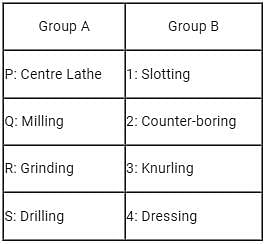
Detailed Solution for Test: Drilling - Question 7
Test: Drilling - Question 8
The time taken to drill a hole of diameter 25 mm in a 30 mm thick steel plate with a feed of 1 mm/rev and the drill spindle speed being 60 rpm is _________ seconds.
Detailed Solution for Test: Drilling - Question 8
Detailed Solution for Test: Drilling - Question 9
Detailed Solution for Test: Drilling - Question 10
|
18 videos|46 docs|27 tests
|
Information about Test: Drilling Page
In this test you can find the Exam questions for Test: Drilling solved & explained in the simplest way possible.
Besides giving Questions and answers for Test: Drilling, EduRev gives you an ample number of Online tests for practice


